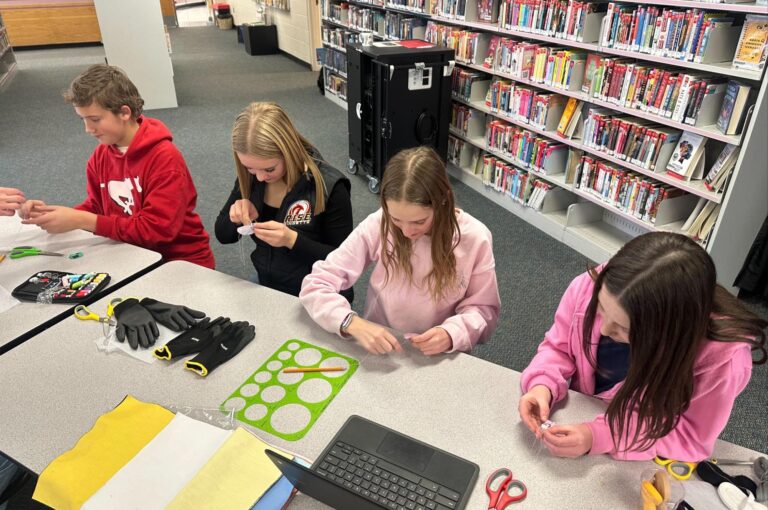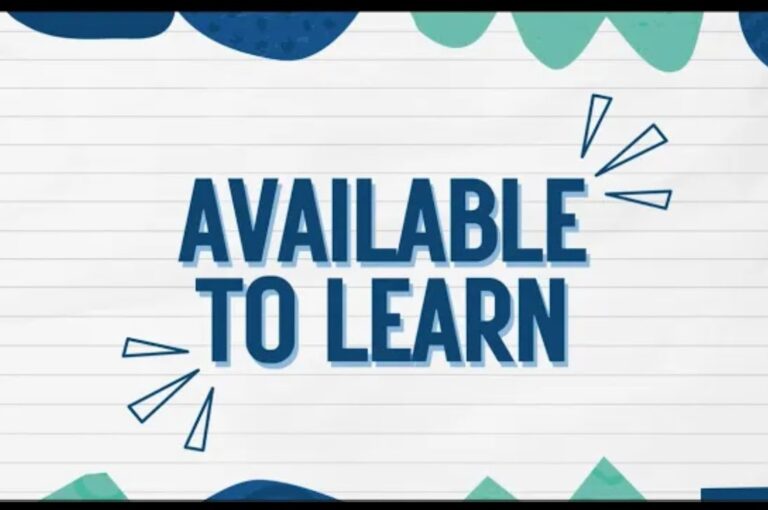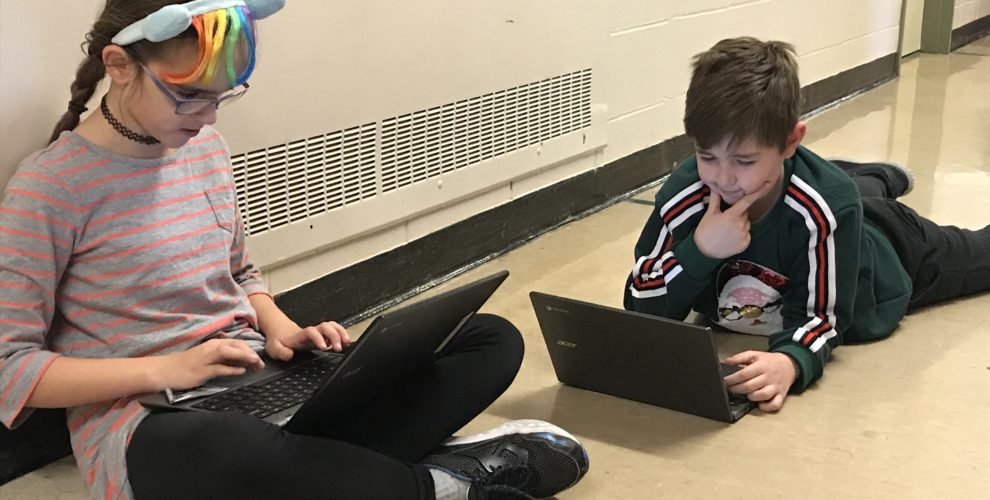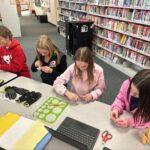Metacognition, though it sounds tricky, can be an effective way for students and teachers to reflect on their own learning and take their learning to the next level. Essentially, metacognition happens when one thinks about their own thinking. Metacognition in the classroom should be explicit, intentional, and purposeful.
Benefits
- Helps students understand how they learn best, which can lead to student advocacy for their learning needs
- Develops higher-order thinking
- Students drive learning
- With practice, can allow for more flexible thinking
- Growth mindset goes hand in hand with metacognition
- Increased motivation as students are more confident in their abilities once they know how they can learn best
Try It!
Here are some ways that you can try metacognition in your classroom:
- Share the goals of learning activities in advance, and guide students to plan strategies and monitor their progress toward achieving those goals.
- Explicitly teach students how to reach goals and monitor their progress
- Model your own use of metacognition by thinking out loud. When reading aloud, make-and correct-mistakes and show how you use context to establish the meaning of unfamiliar words.
- Predict what might happen in a science experiment.
- Talk through the steps of solving a math problem.
- Discuss what a character might do next, based on text evidence
- Add steps to encourage self-reflection, goal-setting and self-assessment into lessons and learning.
- Exit slips with questions, such as “What was confusing?” or “How has my thinking changed?”
- 3-2-1 Bridge
- Journal Entries to monitor thinking, such as “What about studying for my test worked well? How will I remember to do that next time?” or “What do I need to change in my studying habits?”
- Help students develop a plan, whether it is to improve learning, or manage stress, or how to study for an exam.

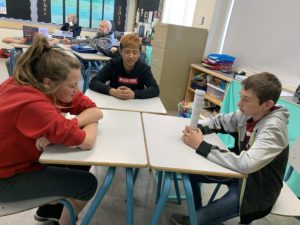
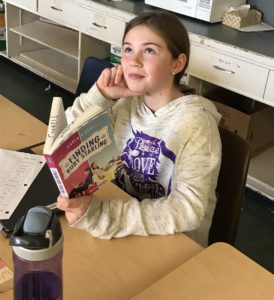
Resources and Where to Learn More
Metacognition – Strategic Instruction – Powerful Learning
How Metacognition Boosts Learning – Edutopia
The Case for Teaching for and with Metacognition – ASCD, Educational Leadership
Five Ways to Boost Metacognition in the Classroom – John Spencer
Activities for Metacognition – DePaul University
10 Metacognitive Teaching Strategies – Vancouver Island University
Metacognition: Nurturing Self-Awareness in the Classroom – Edutopia
The Boss of My Brain – ASCD, Educational Leadership
Metacognition in the Classroom – Concordia University -Portland

